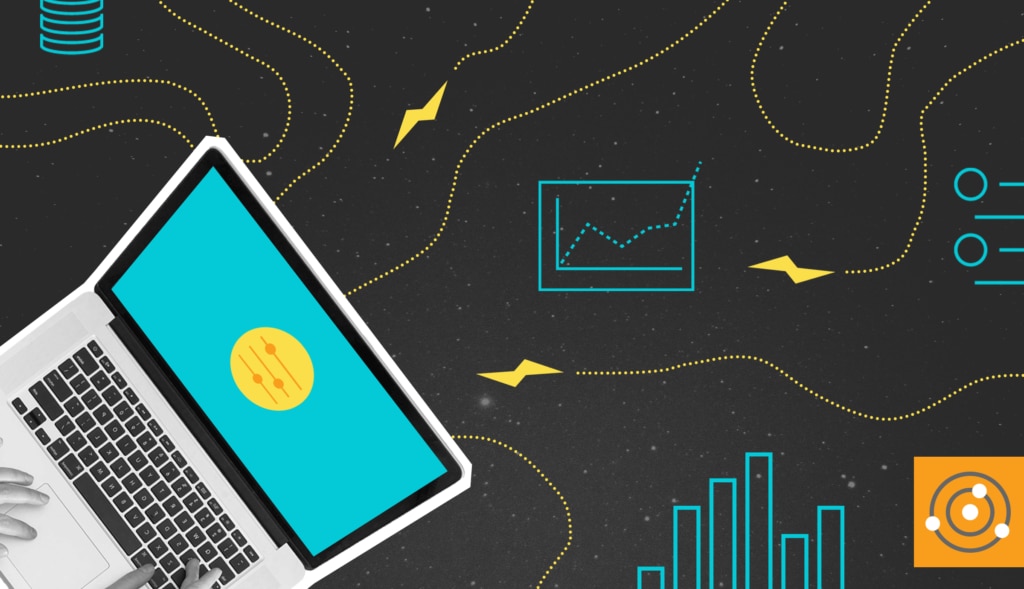According to Dr. Stephen Hawking and the conservation of quantum information theory, information can neither be created nor destroyed… unless you work in IT. OK, he didn’t really say the part about IT; I did.
In the physical world, information is constantly generated, curated, and consumed—from emails to cat videos to this blog post. Not to mention error messages, system logs, and alert emails you never read. And this digital data is never destroyed, leading to an inundation of ROT: redundant, outdated, trivial information.
By becoming more data centric, you can reduce the abundance of ROT and only collect the right data to help you make informed decisions.
- Start With the Right Questions
It doesn’t have to be complicated. How many times was this server rebooted? How long does it take for the server to reboot? Your data collections should allow these simple questions to be answered without too much data wrangling.
- Have an End Goal
What is your data going to be used for? You might want it for a slide deck or a dashboard in your monitoring environment. Perhaps you’re collecting metrics to show the dev manager her team hasn’t logged in to the database server for two weeks. By having—and knowing—your end goal, you can collect your data in the way that makes the most sense.
- Ask Good Questions
Questions are often based on assumptions, but the information you receive from your data should help you uncover facts, not confirm biases. For example, if you want to determine if server reboots are being caused by patches being applied too often, instead of asking “How often are patches applied?” you could ask “How many patches need a reboot?” By comparing this number to the total number of server reboots, you can conclude how often these reboots are affected by patching.
With data being easy to come by, it can be difficult to focus on collecting only the worthwhile data. By becoming more data centric and more data driven, you can reduce the amount of ROT in your environment and prevent data hoarding.

